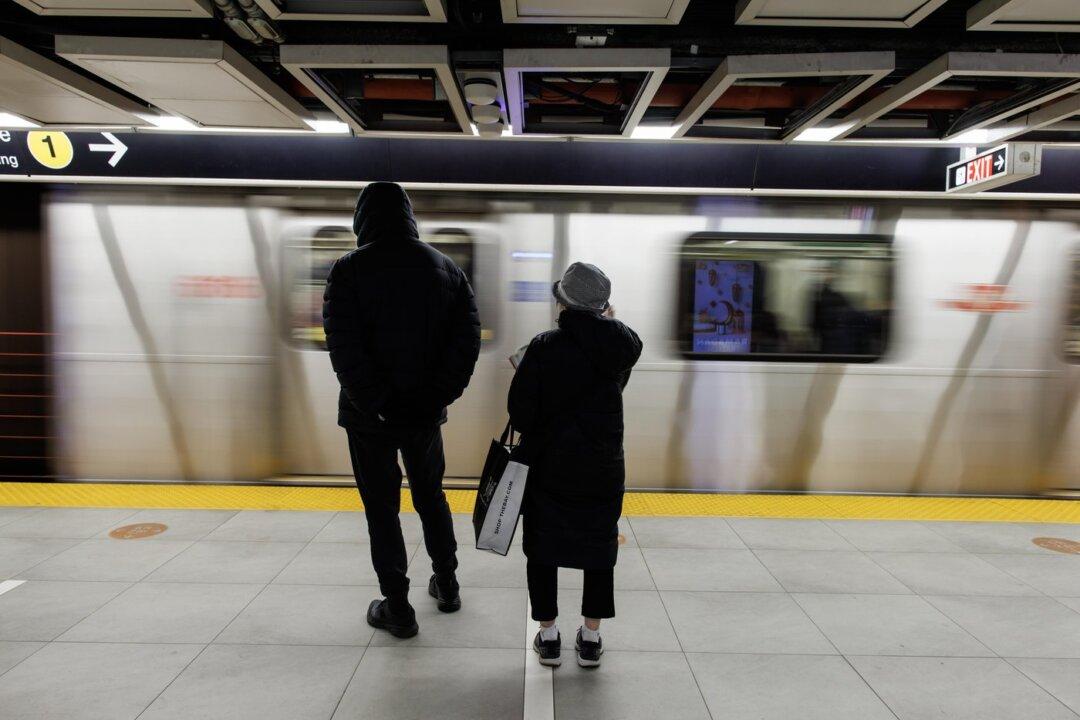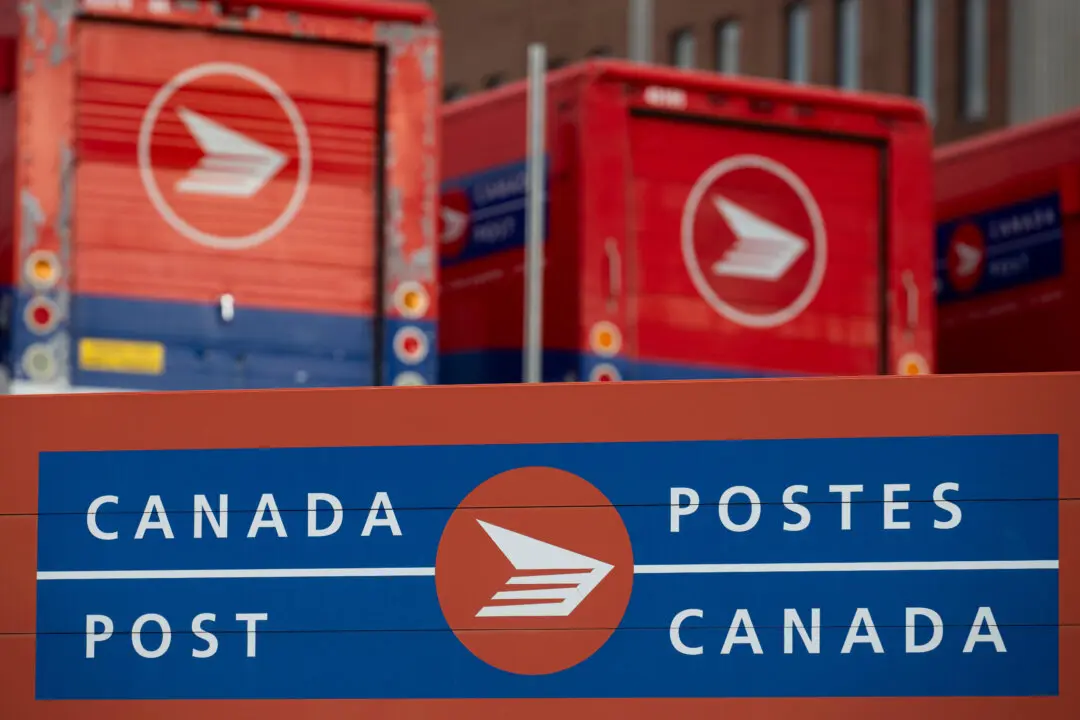Rogers Communications Inc. has rolled out its high-speed 5G wireless service to its own customers in core parts of Toronto’s downtown subway network, as it continues to feud with the other major carriers over access for all transit riders.
The company said it has also upgraded the cellular network to provide all subway riders with more reliable access to 911 service in the same areas.





